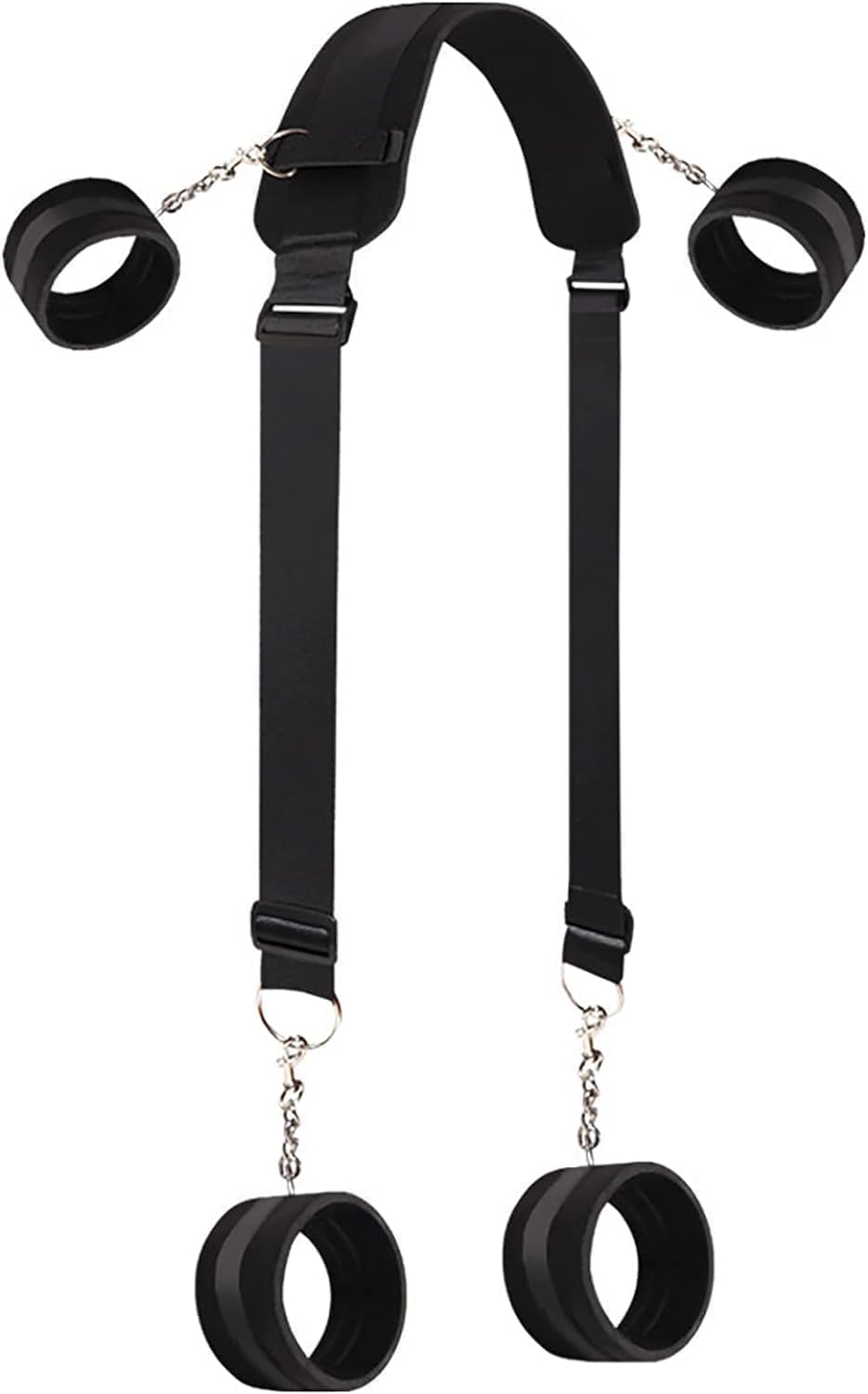
Homeownership is your goal, but where to start?
While we all love looking at pictures of houses on the hottest apps or home improvement shows, the first steps toward homeownership starts before you visit any open houses.
We’ve got three top topics—and tips from U.S. Bank—you need to know as you enter the world of homebuying!
Start Saving Now
There are a few main costs to think about when you’re saving for a home, but the first thing to do is decide how much house you want to buy. if you need help determining your ultimate budget, click here to see how much house you can afford.
Then checkout this budget breakdown of three top costs:
1. Down Payment: 20% down payment is no longer the norm. Your down payment will depend on the type of mortgage and lender you choose. Some loans for first-time home buyers with excellent credit require as little as 3% down, which sounds pretty great, but even this small down payment may take a little bit to save. For example, a 3% down payment on a $300,000 home is $9,000. To get you thinking, check out this mortgage calculator and play around with the numbers until you reach your affordability factor.
2. Closing Costs: These are the fees and expenses to finalize your mortgage, and they typically range from 2% to 5% of the loan amount. Don’t let these sneak up on you. Remember that $300,000 home with a 3% down payment? Using that example, your closing could be between $5,820 and $14,550. Click here to learn more about this additional money you’ll have to pay, on top of your down payment.
3. Move-in Expenses: Be sure to also set aside some cash for immediate repairs, upgrades—and some fun stuff, like furnishings.
Make Sure our Credit’s in Top Shape
The better your credit score, the better rate you can get on your mortgage. Checking your credit score in advance will give you the time you need to correct any errors and improve your score.
Here are a couple ways to boost your numbers:
1. Pay down credit card debt. When you lower your credit utilization rate, your credit score typically rises.
2. Increase credit card limits. If you feel comfortable doing so, you can request a credit limit increase. The higher credit limit will lower your credit utilization rate. But just be sure to ask if they will initiate a hard inquiry. You don’t want to accidentally lower your score!
3. Dispute errors. If you find a mistake on your credit report, you can typically get valid errors resolved in less than 30 days through the relevant credit bureau’s dispute process.
With a lower credit score, you may have to put down a larger payment and incur a higher interest rate on your loan. On the other hand, borrowers with high credit scores (800 or more) have lower down payment requirements and enjoy lower interest rates.
Get Pre-Qualified
Now that you’ve established your budget, saved some money, and cleaned up your credit—it’s time to get pre-qualified. This is the ultimate tool in home buying—it shows you what you can expect from your mortgage and it shows sellers that you are an active, candidate for your dream home.







Getting prequalified is free and only takes a few minutes. Lenders will ask for some information about you and what kind of home you want to purchase. This step does involve a soft credit check, but will not affect your credit score.
And while you’re at it, be sure to explore U.S. Bank’s American Dream Program. This loan provides homebuyers, like you, the assistance they need to get over the buying threshold and into their next home. And it can be combined with other down payment assistance and grant programs. Click here to learn more and see if you qualify.
If you’re ready to learn more about affordable homeownership, connect with a mortgage loan officer, learn about mortgages you might not have heard about, and find answers to even more of your homebuying questions—click here to get started.






